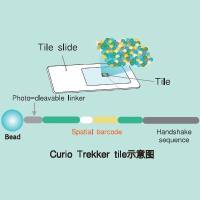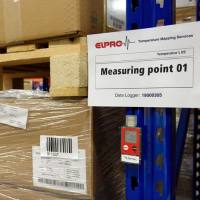Physical Mapping of Salmonella Genomes
互联网
636
Physical mapping is a key methodology for determining the genome structure of Salmonella and revealing genomic differences among different strains, especially regarding phylogenetic relationships and evolution of these bacteria. In fact, physical mapping is the only practical approach to genomic comparisons among Salmonella involving large numbers of strains to document their insertions, deletions, and rearrangements that may be related to pathogenesis and host specificity. The core technique in physical mapping is pulsed field gel electrophoresis (PFGE), which can separate DNA fragments ranging from less than one kilobase to several thousand kilobases. After genomic DNA has been cleaved by an endonuclease and the DNA fragments have been separated on PFGE, a number of techniques will be employed to arrange the separated DNA fragments back to the original order as in the genome. These techniques include Southern hybridization with known DNA as the probe to identify the DNA fragments, Tn10 insertion inactivation to locate genes and identify the fragments that contain these genes, double cleavage to determine the physical distances of cleavage sites between different endonucleases for further refining the physical map, and I-Ceu I partial cleavage to lay out the overall genome structure of the bacteria. The combination of these mapping techniques makes it possible to construct a Salmonella genome map of high resolution, sufficient for comparisons among different Salmonella lineages or among strains of the same lineage.







